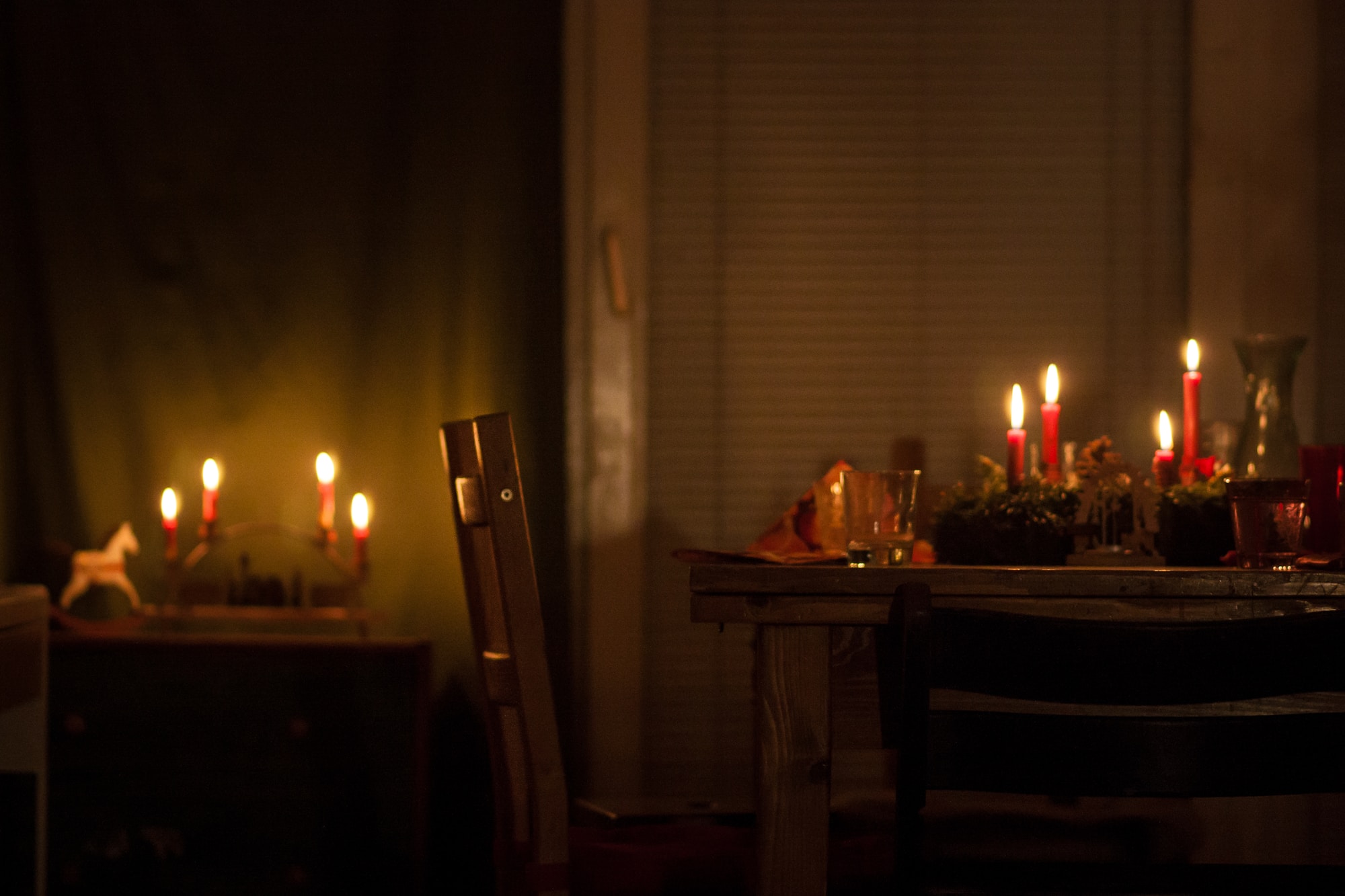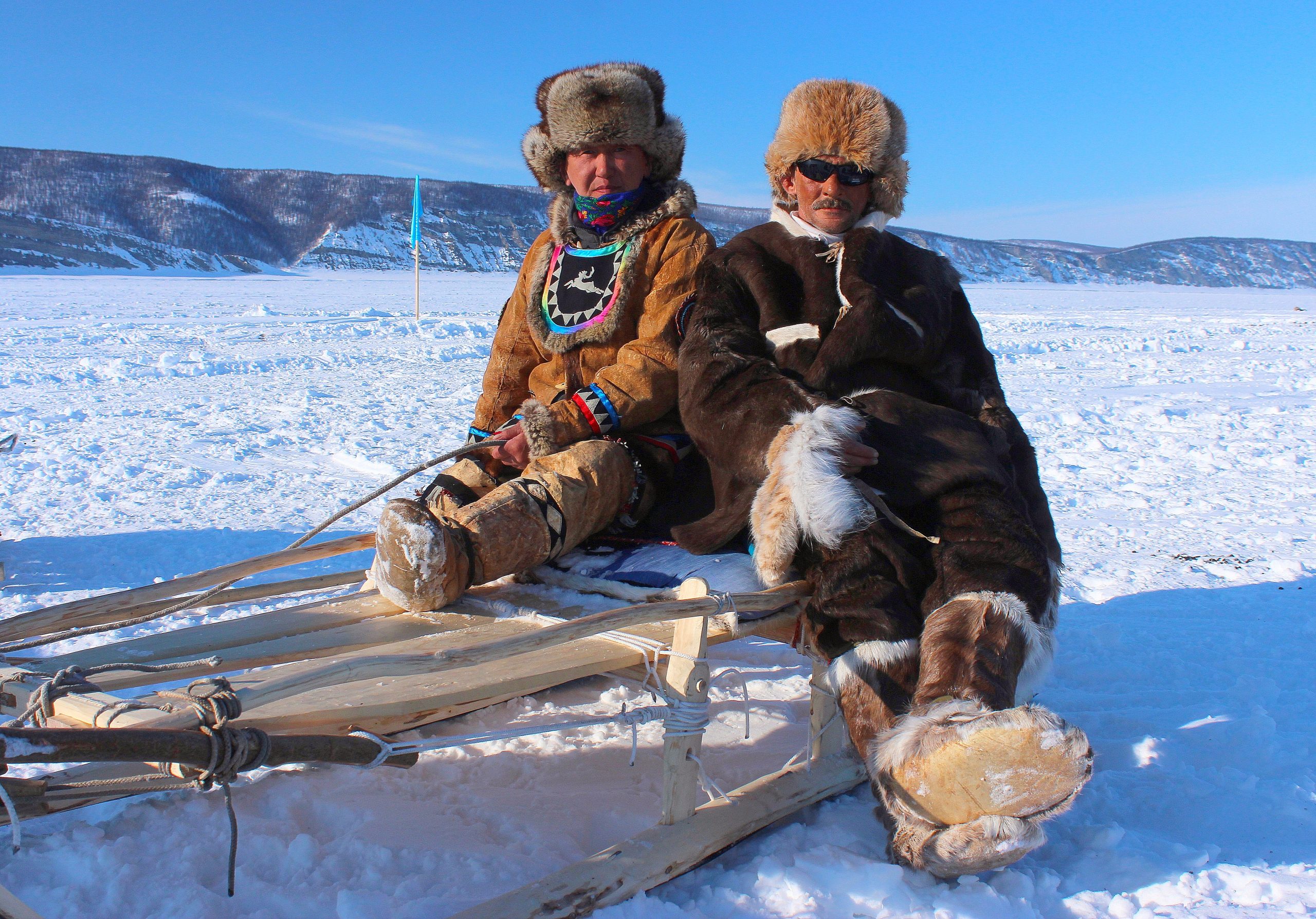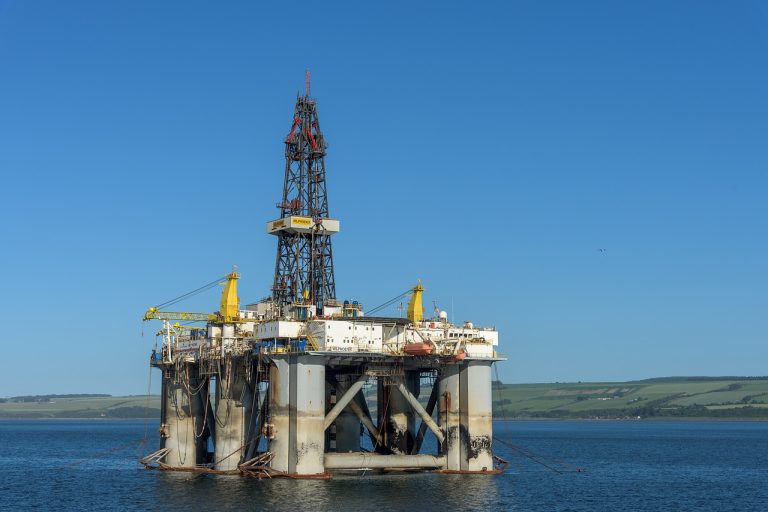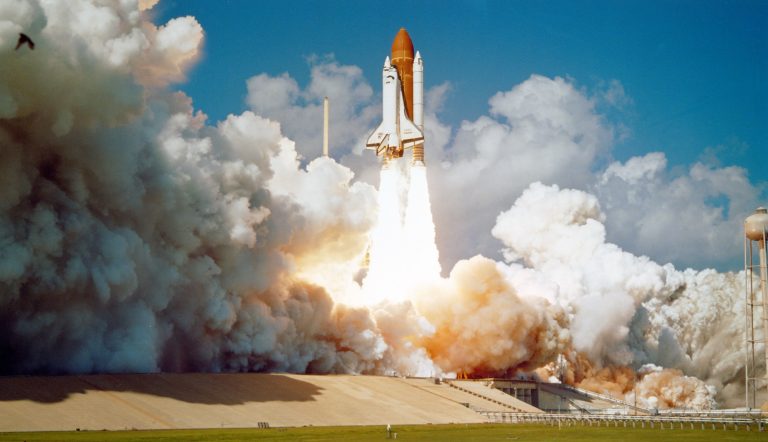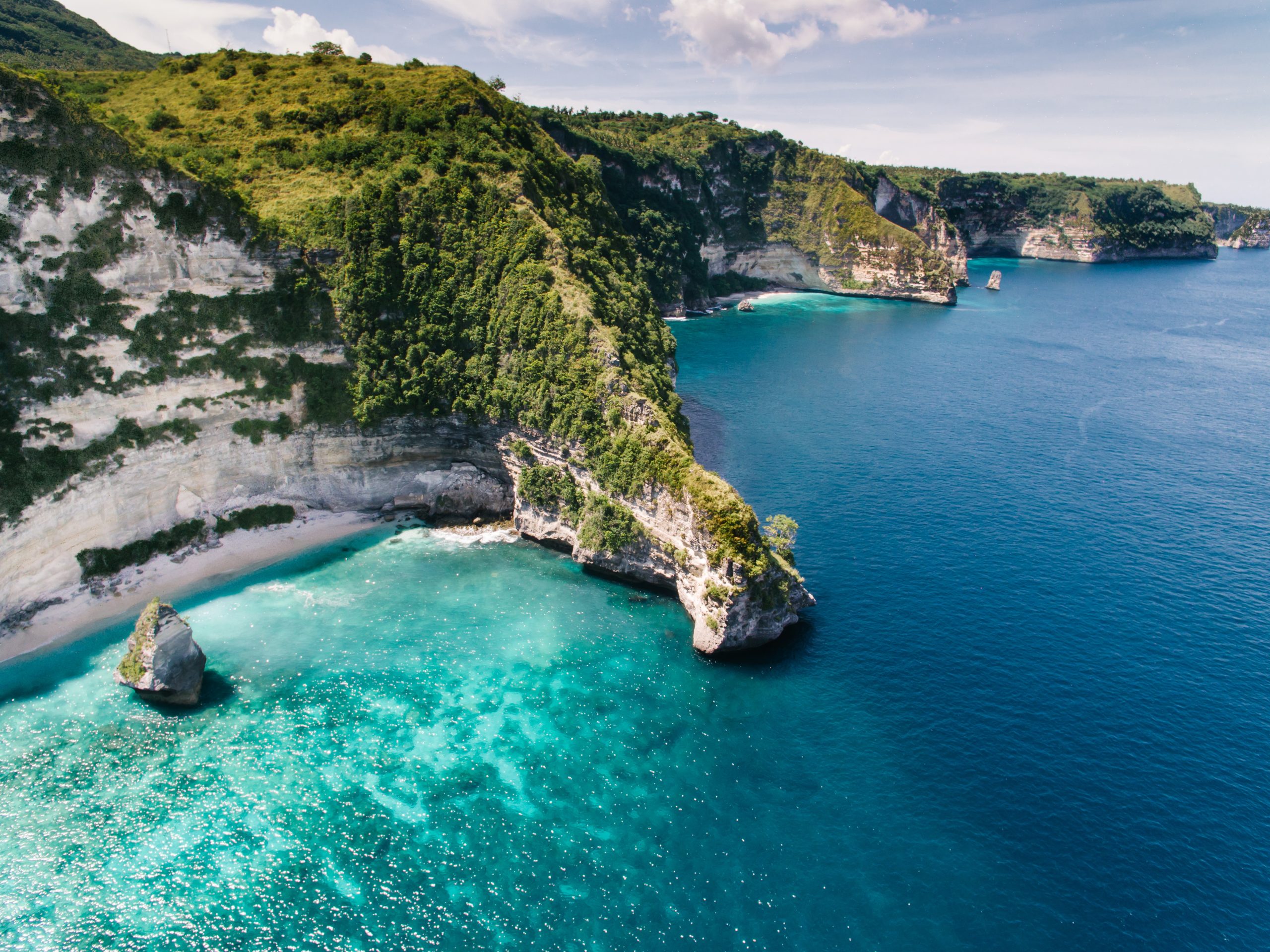Darkness Over the Land
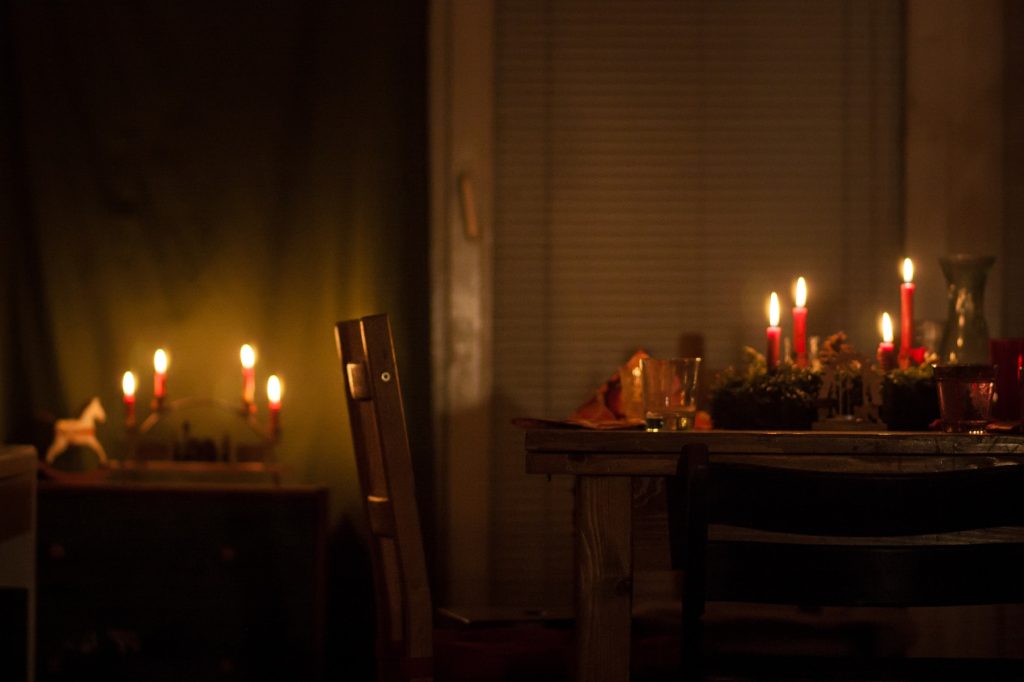
“Now from the sixth hour until the ninth hour there was darkness over all the land… Then, behold, the veil of the temple was torn in two from top to bottom; and the earth quaked, and the rocks were split.” [Matthew 27:45,51]
Henry Ford’s mansion, named “Fair Lane,” still stands in Dearborn, Michigan, filled with elaborately carved woodwork and technical wonders as an example of this unique man’s innovation. For its location, Ford chose 1,300 beautiful acres overlooking the meandering River Rouge. Fifty-six rooms spread over three floors for a total of 31,000 square feet. Eight grand fireplaces stood ready to warm the inhabitants. The impression throughout is still that of magnificent design, exquisite taste, and perfect workmanship.
Constructing and furnishing this exceptional house cost about $2 million back in 1915, when a loaf of bread cost a nickel. The estate also included a summer house, manmade lake, boat house, staff cottages, gatehouse, pony barn, skating house, greenhouse, root cellar, vegetable garden, thousand-plant flower garden, ten thousand-plant rose garden, a maple sugar shack, “Santa’s Workshop” for Christmas celebrations, working farm built to the scale of Ford’s grandchildren, agricultural research facilities, and 500 birdhouses to satisfy Mr. Ford’s interest in ornithology. Determined to be independent of public utilities, he built his own power plant connected to the home by a 300-foot tunnel. Turbines fed electricity to the entire estate, with 550 switches providing light and power at the flick of a finger. There was even extra power to sell back to the utility company.
However, in April 1947, when torrential rains lashed the Detroit area, the River Rouge went on a rampage. It smothered the fire under the powerhouse boilers and caused the electricity to fail for the only time in over 30 years. Paradoxically, that was the night Henry Ford lay dying in his bedroom. Though surrounded by engineering marvels, he left the world as he had entered it 87 years earlier – in a cold house lit by candles, and only two miles from the farm where he was born.
When Jesus died outside Jerusalem, four miles from the place of His birth, the sky went dark, the veil in the temple was ripped from top to bottom, and there was a rock-splitting earthquake. Though the Son of God was surrounded by legions of angels who could have instantly carried Him to safety, Jesus chose to die on this cold, dark planet so that we may choose to live in His kingdom of light.
